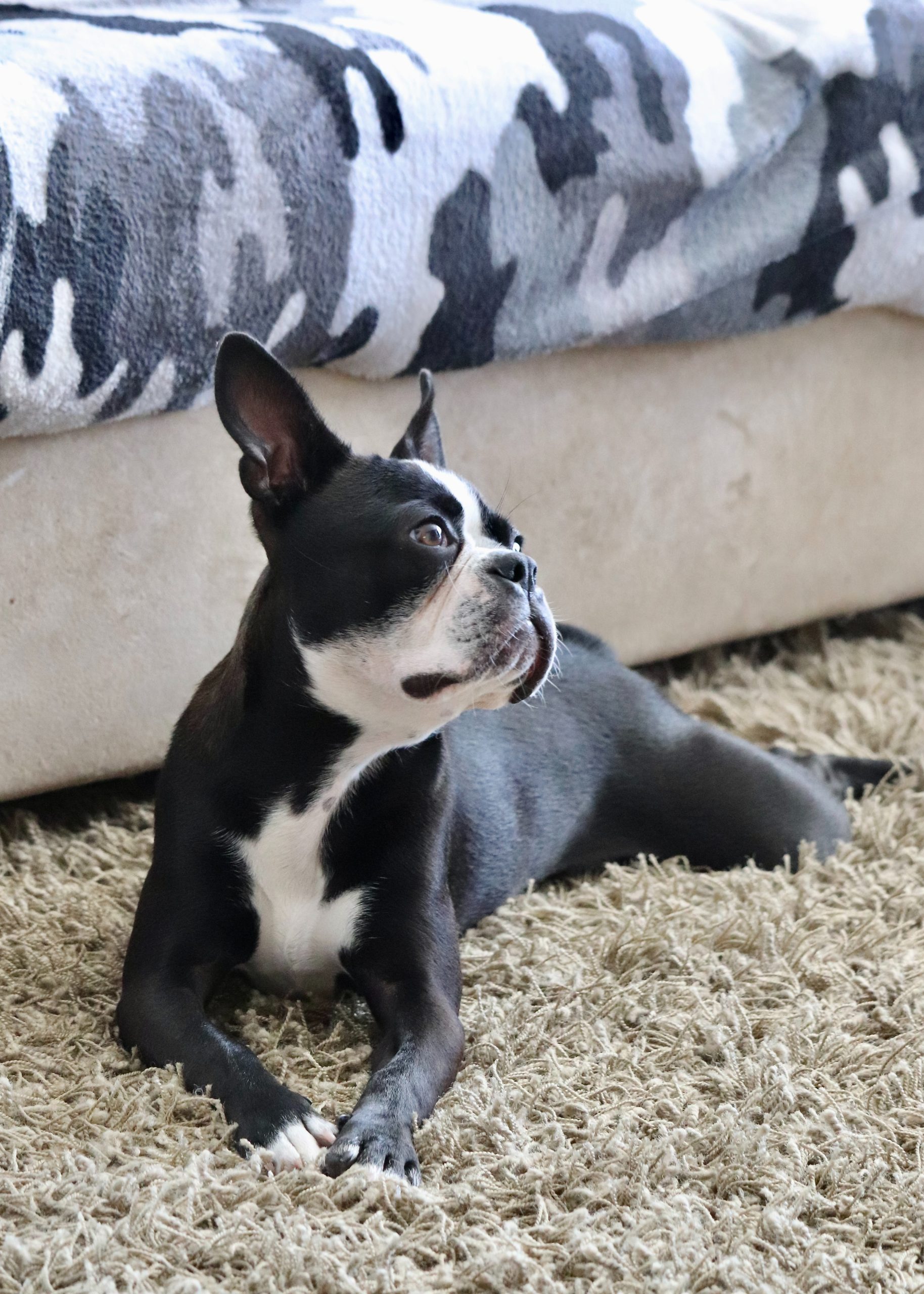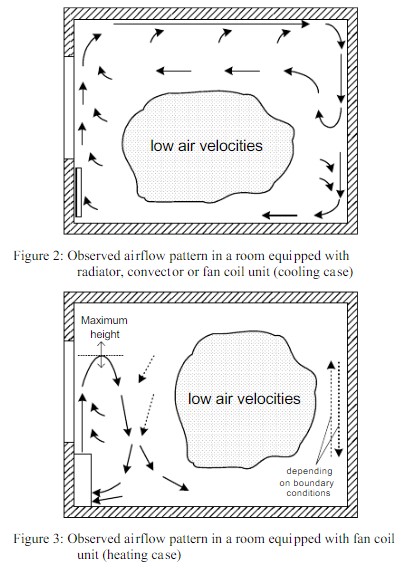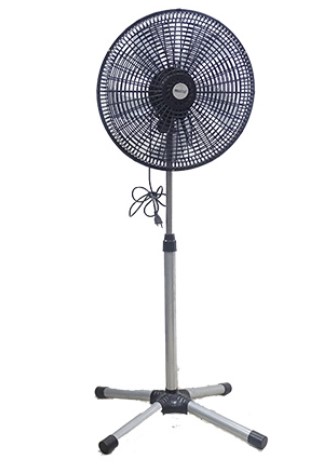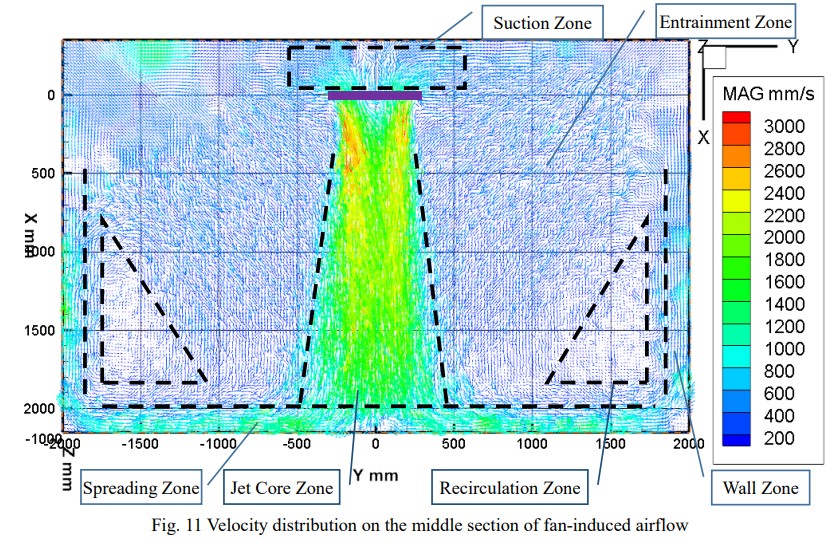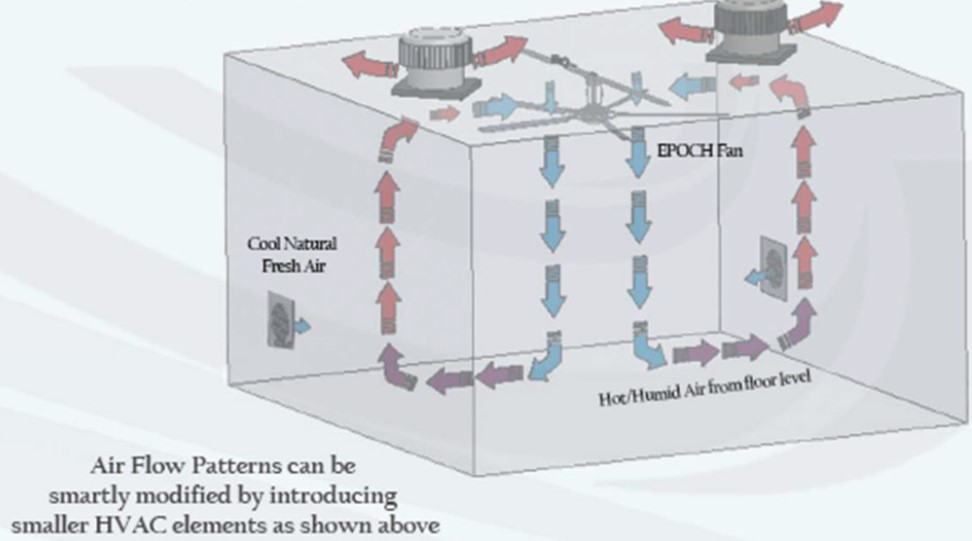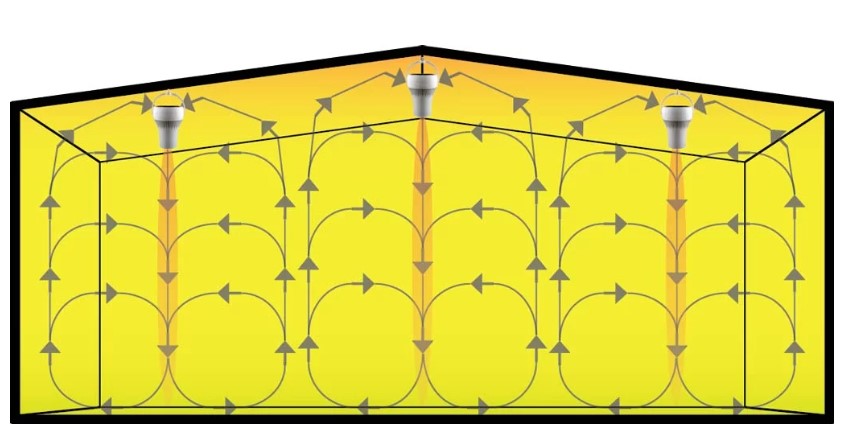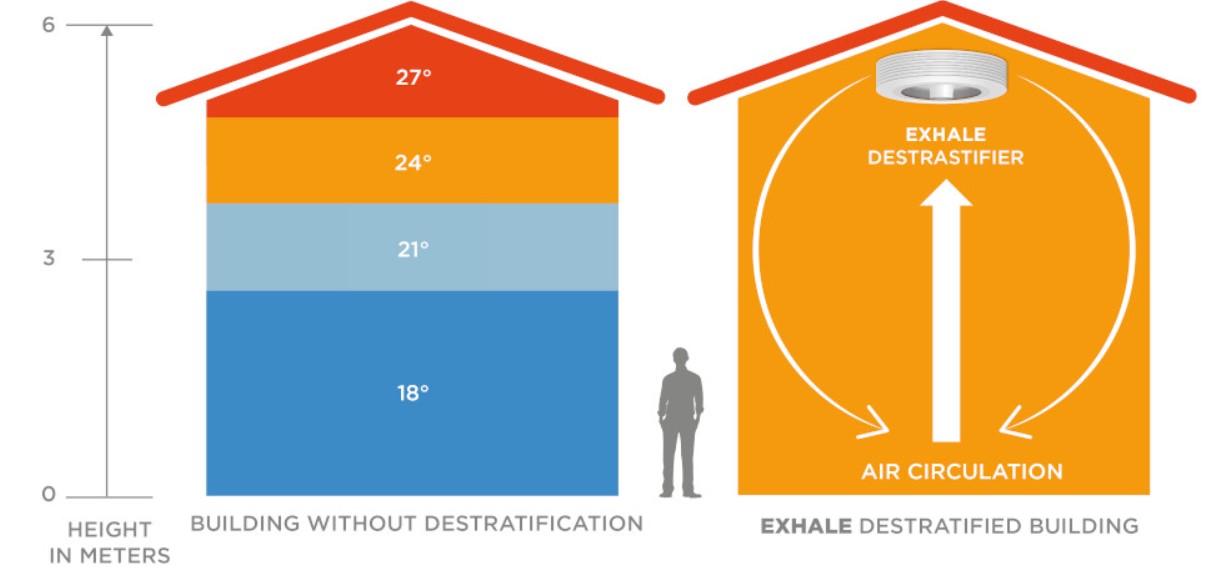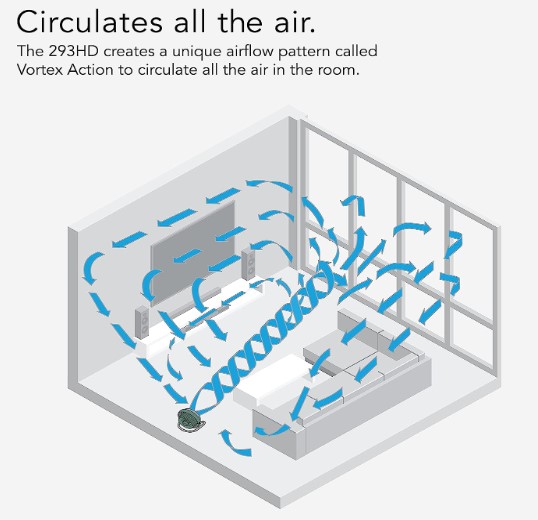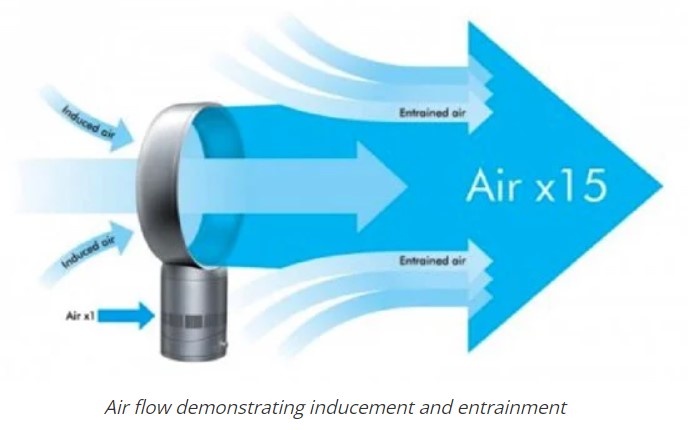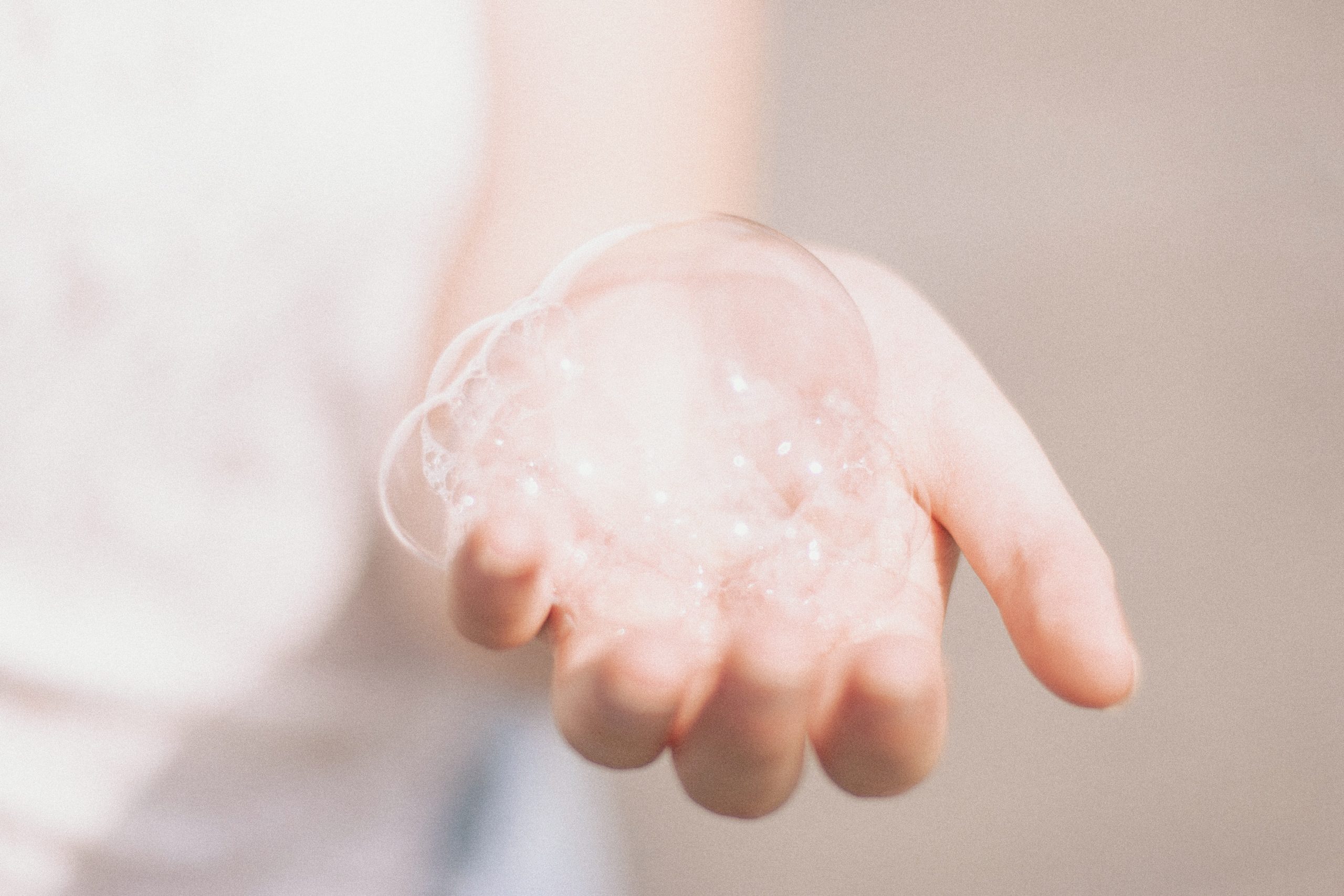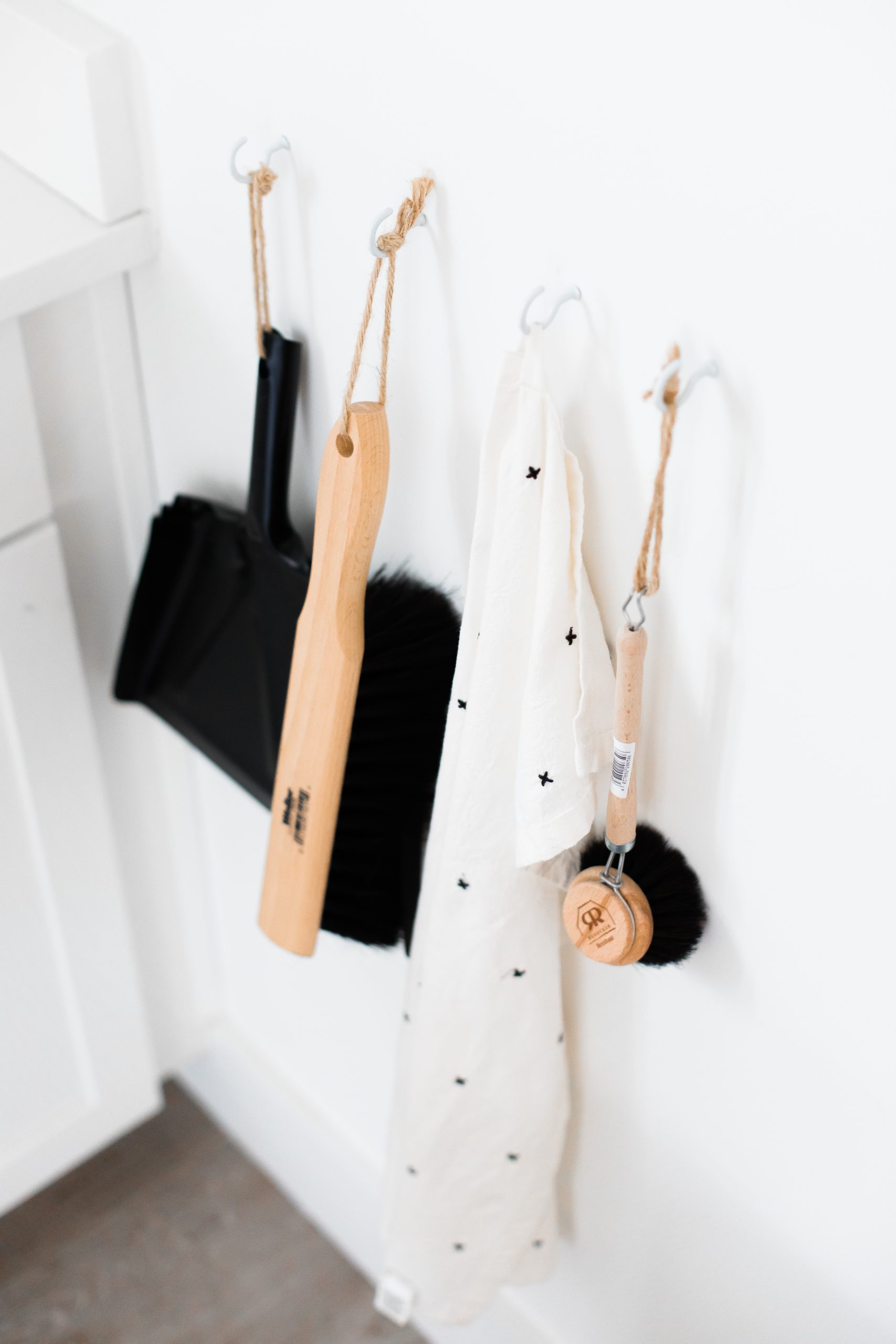Norovirus: one tough virus to avoid
Norovirus: one tough virus to avoid
There’s a lot to be said for cruising on ships. If you want a pre-planned vacation that offers as much or as little adventure as you desire, cruises top the list. The economy of cruise ships, though, depends on the number of passengers, and with all those passengers come a number of microbes that your body may not tolerate well. Although norovirus is a disease that can happen anywhere, health officials track illness more closely on cruise ships, so norovirus outbreaks on cruise ships tend to be more extensively documented and publicized. (Facts About Noroviruses on Cruise Ships)
Norovirus is the illness caused by viruses in the Caliciviridae family. When the virus enters your body, it makes your stomach and intestines swell or become inflamed. This is a condition called gastroenteritis, which leads to symptoms that typically include diarrhea, vomiting, nausea and stomach pain. Mild fever and aches are possible. Although it’s often called the “stomach flu”, norovirus is not the influenza or “flu” virus. (Norovirus appears to keep spreading as rate of positive tests exceeds last year's peak)
So how does the norovirus get transferred so quickly? Infected people “shed” billions of particles of the virus through feces and vomit, and it only takes 1 particle of virus to become infected. This “viral shedding” happens because viruses make copies of themselves very quickly. Every time a virus infects a cell, the number of viruses increases more and more rapidly. The immune system does its best to neutralize the virus by using antibodies, but it can take the immune system a long time to make enough antibodies to kill all the virus living inside one person. In the meantime, the virus has already spread to other people by taking it in orally. (Viral Shedding and What It Means for COVID-19) Sometimes, certain foods, including oysters and other seafood, are naturally contaminated with norovirus, so you can get it from eating contaminated foods too. (Norovirus)
Although norovirus cases usually peak in the wintertime, places like cruise ships foster the environment that helps it to spread quickly (close contact), so it’s not really surprising that a norovirus outbreak on a cruise ship in June 2023 caused approximately 175 people to fall ill. Here are some facts you need to know:
After you come into contact with norovirus, it can take 12 to 48 hours before you start to show symptoms. This amount of time before you get sick is called an incubation period. Most people get better within 1-3 days. After your symptoms stop, you’re still contagious for up to 48 hours. That means an infected person could be contagious for 2+3+2 days, or a whole week! (Norovirus: Why Cases are on The Rise and How to Avoid It)
The virus can thrive in food buffets and cafeterias because many people touch the utensils that are used to serve the food. According to the CDC, norovirus can stay viable on surfaces for days or weeks!
Although alcohol-based sanitizers are effective on many other types of viruses, norovirus is alcohol-resistant, because it lacks a lipid-based envelope. Therefore, you can’t depend on an alcohol-based hand sanitizer to beat norovirus. (How Much Effect Does Alcohol Have Against Alcohol-Resistant Norovirus?) Another popular (but toxic) ingredient in hand sanitizers is Quaternary compounds (Benzalkonium chloride), which is NOT effective against norovirus either. (Norovirus fact sheet for environmental cleaning)
Soap and water are recommended for cleaning hands because they can lubricate your hands enough to loosen the virus particles and wash them down the drain.
Noroviruses are relatively resistant to heat also. They can survive temperatures as high as 140°F and quick steaming processes that are often used for cooking shellfish. (Norovirus Illness: Key Facts)
There are many types of norovirus and sadly, you can get it more than once.
Whew, these facts are hard…how can an uninfected person to stay well during an outbreak of norovirus? Keep in mind that unlike rhinoviruses, which are mainly spread through the air, norovirus is mainly spread by touching infected surfaces and then touching your mouth or eyes. Here are some tips from the CDC:
Wash hands thoroughly with soap and water for at least 20 seconds (humming the happy birthday song twice is about 20 seconds). You should wash after using the bathroom, before preparing or serving food, and especially after contact with an infected person.
Wash fruits and veggies and cook seafood thoroughly.
Don’t prepare food for others while you’re sick and for 3 days after you recover.
Clean and disinfect contaminated surfaces like the bathroom and kitchen, doorknobs and railings.
Wash laundry thoroughly.
One problem is that not everyone who carries the virus is symptomatic, but everyone who carries it sheds virus particles, whether they show symptoms or not! Therefore, when in close contact with a lot of people, extreme vigilance will help you to ward off illness that could ruin your cruise (or conference, or family reunion…)
Of course we like to find the most non-toxic ways for you to disinfect all these surfaces! Chlorine bleach, Glutaraldehyde (0.5%) or Iodine (0.8%) mixed at the manufacturer’s recommendations ARE effective at killing the virus. Of these, only iodine is safe and effective as a hand sanitizer. A study showed that antiseptics containing 10% povidone-iodine (equivalent to 1% available iodine) reduced virus at a rate higher than that achieved with any of the alcohol-based sanitizers, non-alcoholic sanitizers or antimicrobial soaps that were tested as well.
Although the same study showed that Glutaraldehyde (0.5%) was effective at killing the virus, like bleach it can irritate nasal passages and eyes, as well as severely burn skin. A study performed in 1993 showed the virucidal effect of copper, iron and mixtures of these two elements with peroxide, on 5 viruses. The copper-peroxide mixture performed the best, even better than glutaraldehyde. The study proposed that a formulation comprising 0.05% copper and 5% peroxide should have a virucidal efficacy comparable to that of glutaraldehyde at 2%, the concentration (used for 2 to 20 min), which was currently recommended for disinfection of a wide variety of medical devices.
The great news is that our all-purpose, non-toxic cleaner TotalClean combines both copper and iodine, and when they are combined, they produce peroxide! In simple terms, the peroxide acts as an “oxidizing agent”, destroying the means for bacteria to take in oxygen and suffocating them.
You can also go to this page on the EPA’s website to find products that are capable of inactivating norovirus, or many other viruses! Norovirus is a “tier 3” virus, which are small, nonenveloped viruses that are the hardest to inactivate. (For more information on “enveloped” vs. “non-enveloped” viruses, this video is very informative.) Both their protein capsids and their small size make them less vulnerable to disinfectants compared to other viruses. Norovirus is not able to be cultivated for testing in human cell cultures, but the closest relatives, Feline or Murine Calicivirus, can be inactivated by the following non-toxic disinfectants: Hypochlorous Acid (a safer chemical related to bleach), hydrogen peroxide, thymol (a natural antiseptic produced from thyme), peracetic acid and citric acid, among others. The sortable database also gives brand names so you can find these products online or in stores.
The bipolar ionization in Germ Defender, Upgraded Air Angel Mobile and Whole Home Polar Ionizer can kill microbes in the air and on surfaces by creating positive and negative ions that disperse through the air and interact with the microbes to inactivate them. In order for ions to inactivate the norovirus, they would need to fight the virus on surfaces, also called fomites. Although this technology has not, to our knowledge, been tested against norovirus or other non-enveloped viruses, in a 2015 study using influenza A and animals, negative ionization caused 2 effects: inactivation of virus particles in the air, and more efficient capture of the particles on a collector plate (because the particles became negatively charged and the plate had a slight positive charge).
So, if you happen to be in close contact with a lot of people, remember the advice that many mothers give: wash your hands and avoid touching your mouth or eyes. And we would add: disinfect surfaces using a safe, non-toxic disinfectant approved to do so. These steps could well spare you a big stomach-ache and pain!
Photo by Adam Gonzales on Unsplash





